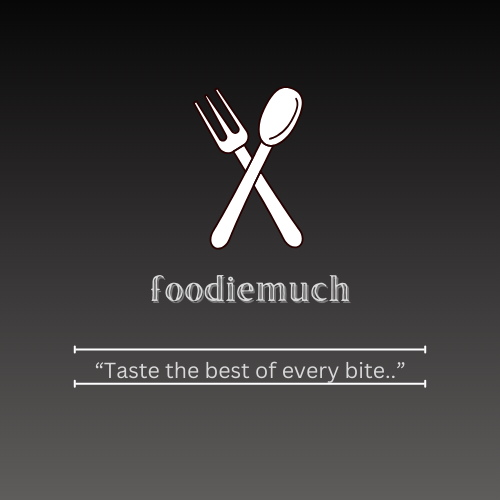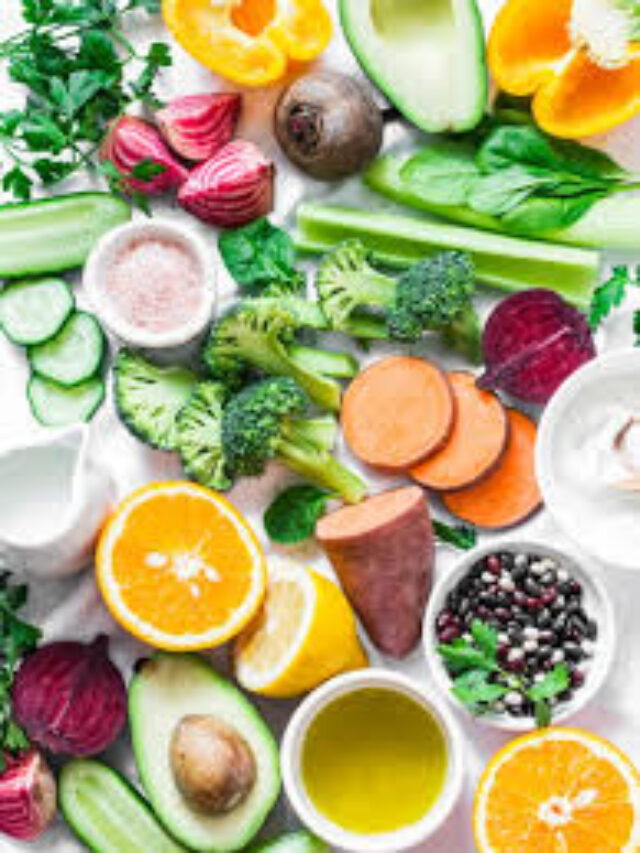Table of Contents
Introduction: Why Thalis Are the Soul of Indian Food Posts
Imagine scrolling through Instagram and stumbling upon a vibrant, colorful platter loaded with tiny bowls brimming with curries, dals, pickles, rice, rotis, desserts, and more. Your stomach growls, your eyes sparkle, and your finger instinctively double-taps.
That’s the power of an Indian Thali post.
Indian Thalis are not just meals — they’re an emotion. They’re the culinary equivalent of a symphony where every instrument (read: dish) has a role to play. In a single frame, a Thali can tell the story of an entire region, its culture, ingredients, and cooking traditions.
If you’re a food blogger, digital creator, or a curious food enthusiast, understanding the trend of Indian Thali posts is not just fun — it’s essential.
What is an Indian Thali?
In Sanskrit, “Thali” means plate. But in Indian culinary culture, it means so much more:
- A Thali is a complete meal served on a single plate, often with multiple side dishes arranged in small bowls (katoris).
- It reflects the “Sattvic” philosophy of balance — sweet, salty, sour, spicy, bitter, and astringent all find a place.
- The arrangement varies regionally, making every Thali unique to its cultural roots.
Why Indian Thali Posts Go Viral
Whether on Instagram, Pinterest, or food blogs, Indian culinary platters posts have skyrocketed in popularity. Here’s why:
1. Visual Appeal (Food Photography Heaven)
- A well-composed Thali post is a color explosion — vibrant chutneys, golden puris, deep red pickles, and creamy white kheer.
- From top shots to close-ups, the intricate variety makes for perfect shareable content.
2. Cultural Connection
- Every Thali is a microcosm of a region: a Gujarati Thali with dhokla, khandvi, and thepla vs. a South Indian Thali with sambar, rasam, poriyal, and appalam.
- It’s storytelling through food.
3. The ‘Abundance’ Factor
- A Thali represents abundance and hospitality, creating an emotional connection with audiences.
- It feels like a warm hug from a grandmother — comforting, nostalgic, and nourishing.
Types of Indian Thalis That Drive Engagement
🌾 North Indian Thali
- Components: Dal Makhani, Paneer Butter Masala, Raita, Tandoori Roti, Jeera Rice, Pickle, Papad, Gulab Jamun.
- Popular States: Punjab, Uttar Pradesh, Haryana.
🥥 South Indian Thali
- Components: Rice, Sambar, Rasam, Kootu, Poriyal, Appalam, Pickle, Payasam, Curd.
- Popular States: Tamil Nadu, Kerala, Andhra Pradesh.
🍋 Gujarati Thali
- Components: Dal, Kadhi, Thepla, Undhiyu, Khaman, Sweet like Mohanthal.
- Characteristics: Sweet-savory balance, small-portioned servings.
🌶️ Rajasthani Thali
- Components: Dal Baati Churma, Gatte Ki Sabzi, Ker Sangri, Bajra Roti, Papad.
- Visual Element: Earthy tones with traditional metal plates (thalis).
🐟 Bengali Thali
- Components: Bhaat (rice), Shukto, Dal, Begun Bhaja, Fish Curry, Mishti Doi.
- Great for regional storytelling and language-based hashtags.
🥬 Vegan or Satvik Thalis
- Perfect for wellness blogs or religious/fasting content.
Tips for Creating Irresistible Indian Thali Posts
📸 1. Lighting is Key
- Use natural light as much as possible to highlight textures and colors.
- Overhead shots work best for showing the full spread.
🍛 2. Balanced Composition
- Keep symmetry — arrange the bowls evenly, garnish neatly, and add a center dish like rice or roti for visual focus.
🎨 3. Add Cultural Touches
- Brass thalis, banana leaves, terracotta katoris — these elevate authenticity.
- Add elements like chilies, curry leaves, and spices around the frame.
📝 4. Caption with Purpose
- Tell a short story: “This Thali reminds me of my nani’s Sunday lunches in Varanasi…”
- Use trending food hashtags:
#IndianThali #ThaliTuesday #FoodArt #DesiPlatter
🧭 5. Include a Menu List in the Post
Example caption snippet:
“Today’s Gujarati Thali:
– Kadhi
– Mixed Vegetable Shaak
– Rotla
– Bajri Na Thepla
– Rice & Moong Dal Khichdi
– Aamras
– Farsan & Papad”
Real-Life Example: Thali Posts That Went Viral
Real-Life Example: Thali Posts That Went Viral
One standout example is from food blogger @spiceindiaonline, curated by Mullai Madavan. Her Instagram feed is a delightful journey through authentic South Indian home-cooked meals, presented with aesthetic flair, her Thali posts, rich in tradition and flavor, have garnered significant attention and engagement India Food Network.
Why it works:
- Authentic Presentation: Mullai’s Thalis are not just meals; they’re stories told through food, reflecting the essence of South Indian cuisine.
- Engaging Captions: She often shares personal anecdotes and cooking tips, creating a connection with her audience.
- Visual Appeal: The vibrant colors and meticulous plating make her posts stand out, enticing viewers to explore more India Food Network
This example underscores the impact of authenticity and storytelling in creating engaging Thali posts that resonate with audiences..
How to Make Your Indian Thali Post Stand Out
✅ Create mini carousels — swipe to see each dish up close
✅ Behind-the-scenes reels — show the preparation in short clips
✅ Voiceover or text-on-reel — explain what’s on the Thali and its story
✅ Seasonal Thalis — Festive Thalis for Diwali, Onam, Pongal, Eid, Holi
✅ Invite audience interaction — Ask “What’s your must-have Thali item?”
Conclusion: Why It’s More Than Just a Plate of Food
Indian culinary platters are more than just a culinary presentation — they’re a canvas of culture, nostalgia, tradition, and love.
Whether you’re sharing them on Instagram, writing about them on your food blog, or crafting a visual reel for YouTube Shorts, remember this: people don’t just consume content, they consume emotion.
So the next time you post a Thali, don’t just share the ingredients. Share the story, the tradition, the memory.
Call to Action
🍽️ Looking to beat the heat while enjoying a flavorful Indian culinary platters? Don’t forget to sip on something cool. Visit our Summer Drinks Collection for easy-to-make beverages that perfectly complement any Indian meal.”

